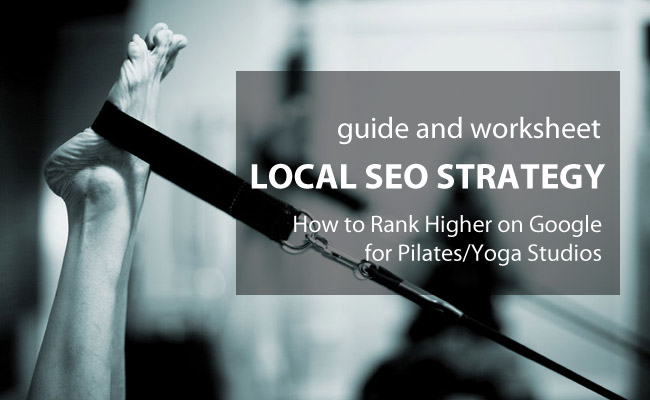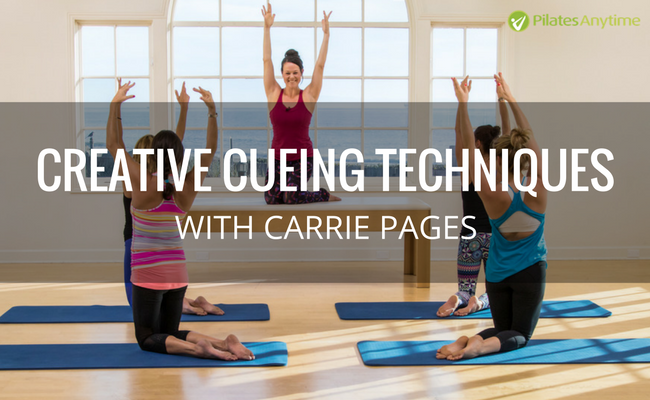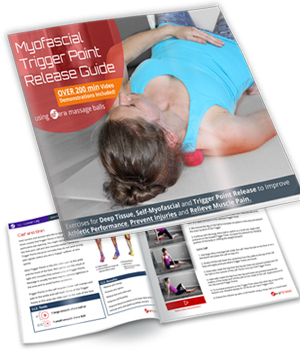Diastasis Recti is not one of the glamorous or popular “side effects” of pregnancy.
In fact, many women don’t know that this condition even exists until they have a baby and then realize that no matter how many sit-ups they do they still can’t get their flat stomach back.
While statistics are still being collected as to how many women are actually affected by DRA, some of the older studies show that about 36% of women will have separation of the abdominal muscles 6-8 months postpartum. Another research shows that DRA is also linked with pelvic floor dysfunction, incontinence, pubic symphysis discomfort and lower back pain.
As Pilates instructors we work with women before, during and after pregnancy. We have an opportunity to establish a strong foundation to prevent or at least minimize abdominal wall dysfunction in the postpartum period. We are their first line of defense and their hope to restore their function after delivery.
Today I’m talking to Diane Lee, a physical therapist from Canada. She is well known for her clinical work on thoracic, lumbar and pelvic floor as well as pelvic disorders and pain symptoms. She is one of the pioneers in the diastasis recti research as well as the author of several books and publications including The Pelvic Girdle: An integration of clinical expertise and research(aff) and The Thorax: An Integrated Approach (aff).
Questions Discussed in this Interview
- What muscles should you actually train to close Diastasis Recti? (Hint – it’s not Transversus Abdominis.)
- How does DRA affect overall function of the body?
- How can DRA be prevented before and during pregnancy?
- Who is at a higher risk of developing DRA?
- What are some of the practical cues that are designed to help women find their core connection and regain abdominal wall function?
- An exercise protocol to prevent diastasis from happening.
- Safe ways to teach twists during the pregnancy.
- Beneficial breathing patterns to treat and prevent DRA.
- Practical tips for Pilates instructors who work with DRA clients.
- At what point can one say that plastic surgery is the only way to restore abdominal wall function?
- Is it a good idea to use binders or braces to treat DRA?
- Additional resources to learn about DRA and pelvic girdle rehabilitation in postpartum women.
 Would you like to have the flexibility of setting your own work hours, working from home and doing what you are passionate about – teaching Pilates? Then you have probably considered setting up a complete Pilates studio … right in your house.
Would you like to have the flexibility of setting your own work hours, working from home and doing what you are passionate about – teaching Pilates? Then you have probably considered setting up a complete Pilates studio … right in your house. 




